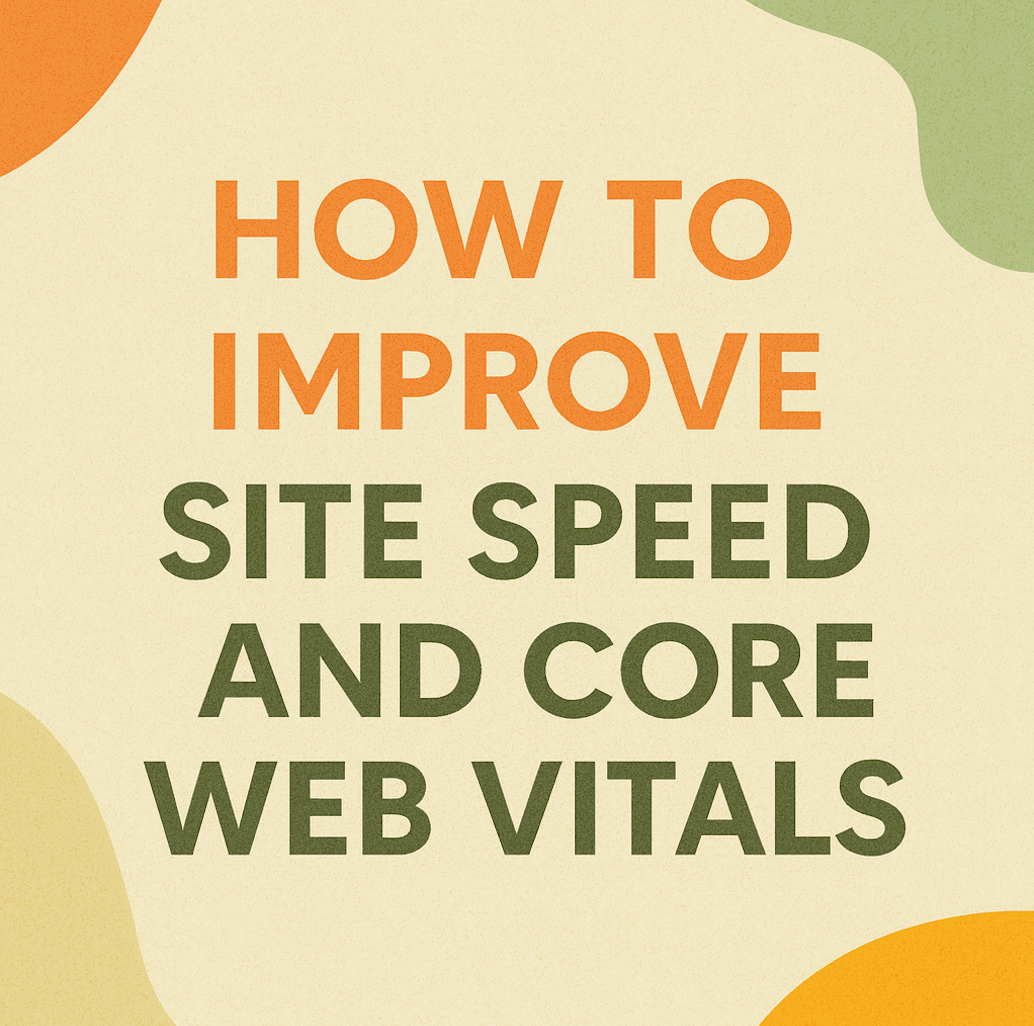PPC Campaign Optimization Strategies
Background
Pay-per-click advertising delivers immediate reach but punishes inefficiency. Without optimization, campaigns leak budget through irrelevant clicks, low Quality Scores, and unaligned landing pages. Effective PPC optimization blends technical control (keywords, bidding, segmentation) with creative testing (ad copy, offers, visuals).
By refining both the logic and the message, marketers can lower cost per click (CPC), increase conversion rates, and improve return on ad spend (ROAS). Every improvement compounds—better targeting improves Quality Score, which lowers cost per conversion and frees budget for higher-performing audiences.
Refine Your Keyword Approach
Keywords shape every aspect of PPC visibility. Strong campaigns balance reach and precision: broad-match phrases capture discovery traffic, while long-tail variations convert at higher rates. Using tools like Google Ads Keyword Planner or SEMrush helps uncover hidden intent patterns.
Effective keyword management includes constant pruning. Negative keywords prevent wasted spend by filtering irrelevant queries, competitor terms, or job-seeker searches. Regularly reviewing search-term reports ensures that your ads continue targeting purchase intent rather than noise.
Use long-tail keywords to attract ready-to-buy users.
Exclude irrelevant searches with a living negative keyword list.
Track keyword performance weekly to reallocate budget to high-ROI terms.
Adjust match types—broad, phrase, exact—based on campaign goals.
Optimize Landing Pages and Bidding
Your landing page determines whether a click becomes a conversion. Every page should align with ad intent—same promise, same language, same offer. Optimize speed, visual hierarchy, and mobile responsiveness. Pages that take longer than three seconds to load can lose up to half their visitors before engagement.
Modern bidding relies on automation and signals. Smart Bidding uses historical conversion data and real-time context to adjust bids per auction. Start with manual control to gather performance data, then transition to automated strategies like “Target ROAS” or “Maximize Conversions.” Test small adjustments and measure impact before scaling.
Match ad copy and page headline for message continuity.
Minimize friction—short forms, visible CTAs, and one clear conversion goal.
Test automated bidding options and compare ROAS variance.
Use responsive search ads to dynamically test headline combinations.
Target Audiences and Test Continuously
Optimization never ends. Behavior, seasonality, and competition change constantly, so testing should be built into your workflow. Segment audiences by demographics, device, and intent. Use observation mode in Google Ads to compare performance before fully applying bid modifiers.
Ad extensions expand visibility and improve CTR by giving users more ways to interact. Combine sitelinks, callouts, pricing, and lead forms for maximum SERP coverage. A/B test offers, creative language, and timing. Even minor copy changes—like swapping “Buy Today” for “Get Yours Now”—can shift CTR by several percentage points.
Segment campaigns by audience type and buying stage.
Use ad scheduling to prioritize high-conversion hours.
Add seasonal promotions and dynamic copy tied to real-time events.
Monitor search partner performance separately from Google search.
Frequently Asked Questions
-
Start by isolating waste. Review placement reports to eliminate underperforming audiences, irrelevant keywords, and duplicate targeting. Then, tighten ad scheduling around your highest-converting hours and locations. Most campaigns waste 10–20% of budget on off-hour impressions or clicks from low-value geographies.
Once you’ve reduced waste, reinvest those savings into proven segments. Apply automated bidding rules like Target CPA or ROAS only after you’ve established clean, conversion-driven data. Efficiency isn’t about shrinking reach—it’s about channeling spend toward audiences that convert predictably.
-
Beyond CTR and landing-page experience, Quality Score is affected by ad-to-query relevance and historical account performance. Google weighs how closely your ad text matches searcher intent, not just your keywords. Ads that satisfy search intent (e.g., solving a problem rather than selling instantly) tend to earn higher relevance scores.
Improving Quality Score can reduce CPCs by up to 30%. Audit ad groups to ensure tightly themed keywords (10–15 per group max) and unique ad copy. Update old ads frequently—stale engagement data lowers your predicted CTR, dragging the score down over time.
-
Audience layering combines multiple filters—like demographics, intent, and behavior—to refine who sees your ad. For example, you can show ads only to users who previously visited your site and searched related keywords. This dual filtering raises conversion probability while lowering wasted impressions.
Test layers such as “In-market audiences,” “Remarketing lists,” and “Customer Match.” The smaller, more qualified audience may cost slightly more per click but often delivers higher conversion rates and stronger ROAS. Use observation mode to monitor audience behavior before applying bid adjustments.
-
Tracking generative visibility requires a hybrid analytics setup. Monitor your brand mentions in AI Overviews manaRotate ad variants within the same ad group and let each run for a statistically valid period—typically two weeks or 1,000 impressions minimum per variant. Change only one element at a time (headline, CTA, or offer). Overlapping changes make attribution impossible.
Use experiment campaigns in Google Ads to test structural variations (bidding model, landing page layout) without resetting historical data. Once a winner is identified, pause the loser and use learnings to iterate again. A structured test-learn-apply cycle keeps optimization continuous and data-driven.ually through SERP testing, or use tools like BrightEdge Copilot, SEO.ai, or SGE dashboards to identify where your content is surfaced. Pair this with engagement data—click-through rate, dwell time, and branded search lift—to gauge impact. Create an internal “AI Appearance Score” that tracks when your content is cited versus merely linked. Over time, correlate those appearances with organic growth metrics to confirm your content’s reach within generative and traditional search ecosystems.
-
PPC data reveals keyword conversion patterns instantly, while SEO builds long-term visibility. Share keyword and CTR insights between both channels. If a paid keyword consistently converts, build an SEO content cluster around it. Conversely, high-ranking SEO pages can supply ad copy language proven to drive engagement.
Integrating analytics from both channels helps allocate budget more intelligently. You might pause PPC spend on keywords already ranking well organically and reallocate it toward new opportunities. This synergy reduces total acquisition cost and strengthens holistic search visibility.





